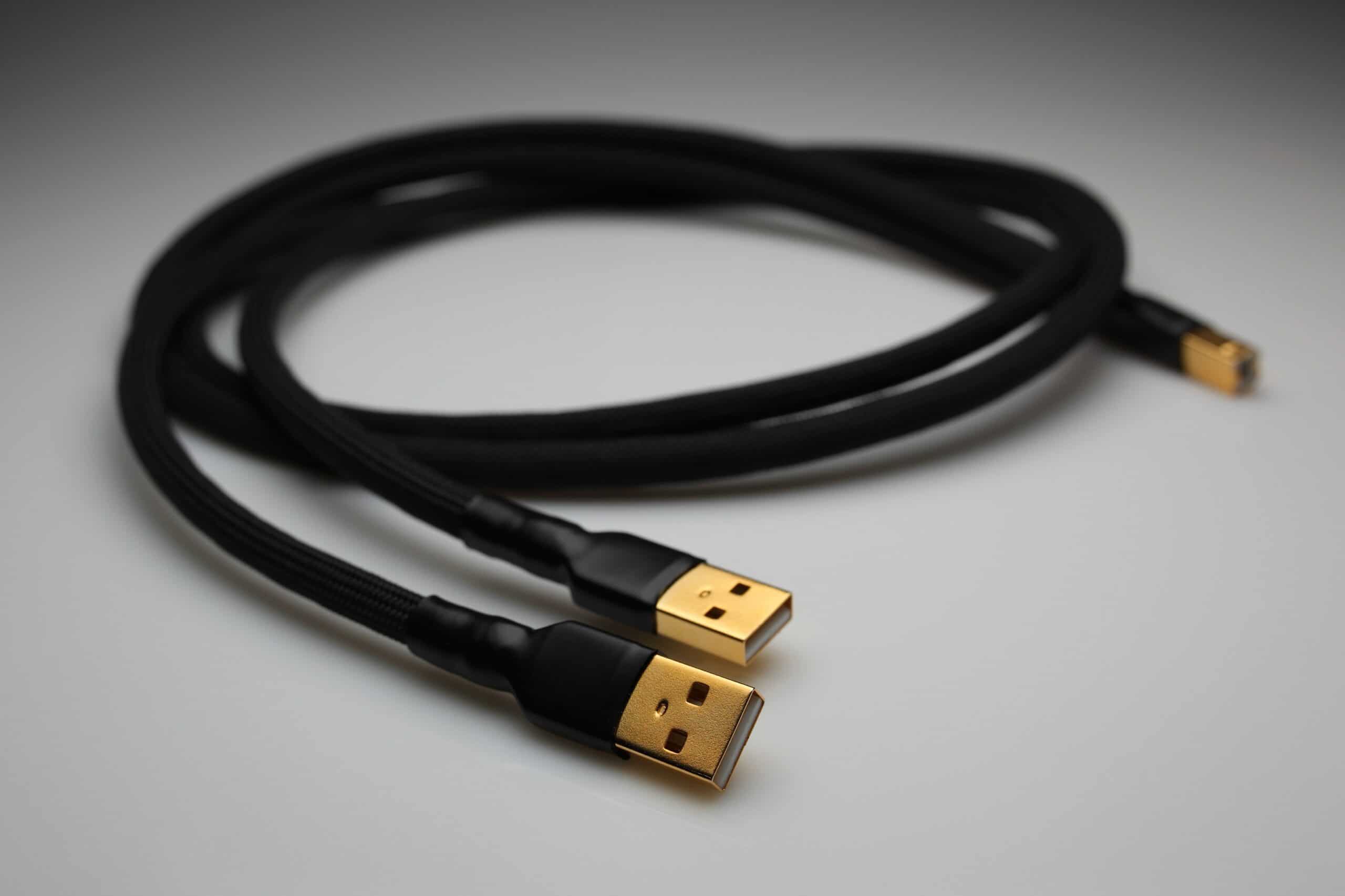1,1K
Należy jak najszybciej naprawić uszkodzony kabel USB, ponieważ bardzo często nadaje się on do użytku tylko w ograniczonym zakresie lub wcale. W większości przypadków naprawę można wykonać samodzielnie – wystarczy zastosować mały trik.
Naprawa kabla USB we własnym zakresie: Uszkodzone ekranowanie
W zaledwie kilku krokach można szybko naprawić uszkodzony kabel USB i przywrócić jego funkcjonalność.
- Jeśli kabel USB jest uszkodzony, można samodzielnie naprawić osłonę. Do tego celu potrzebna jest stalówka od bióra i taśma klejąca.
- Po prostu owiń sprężynę nad uszkodzonym miejscem, aby ponownie połączyć ją z kablem.
- Jeśli nie masz pod ręką sprężyny, możesz użyć kawałka cienkiego drutu lub plasteliny.
- Aby zabezpieczyć kabel, należy owinąć sprężynę taśmą. Najlepiej nadaje się do tego taśma tkaninowa, ale równie dobrze sprawdzi się domowa taśma klejąca.
- Kabel USB może być teraz ponownie użyty.
